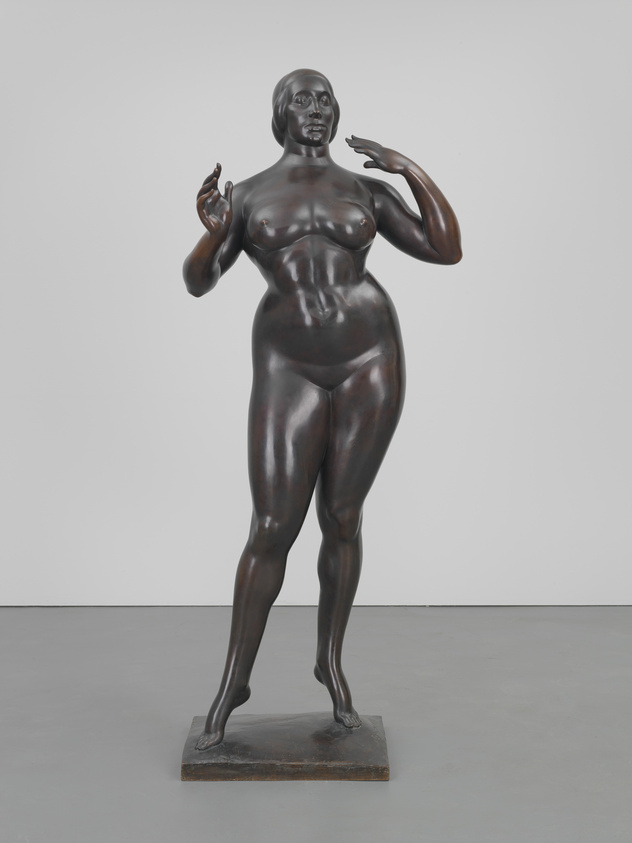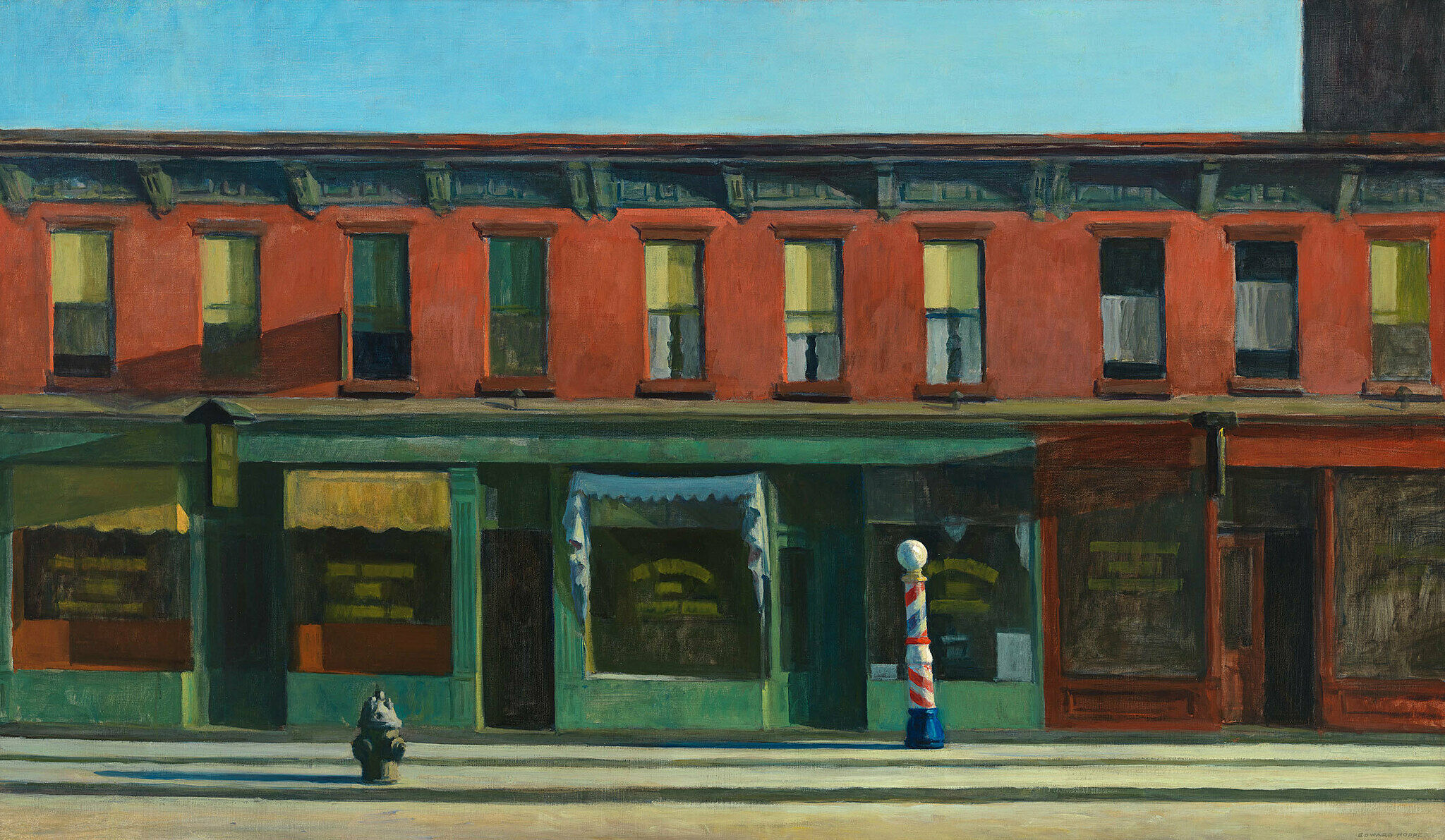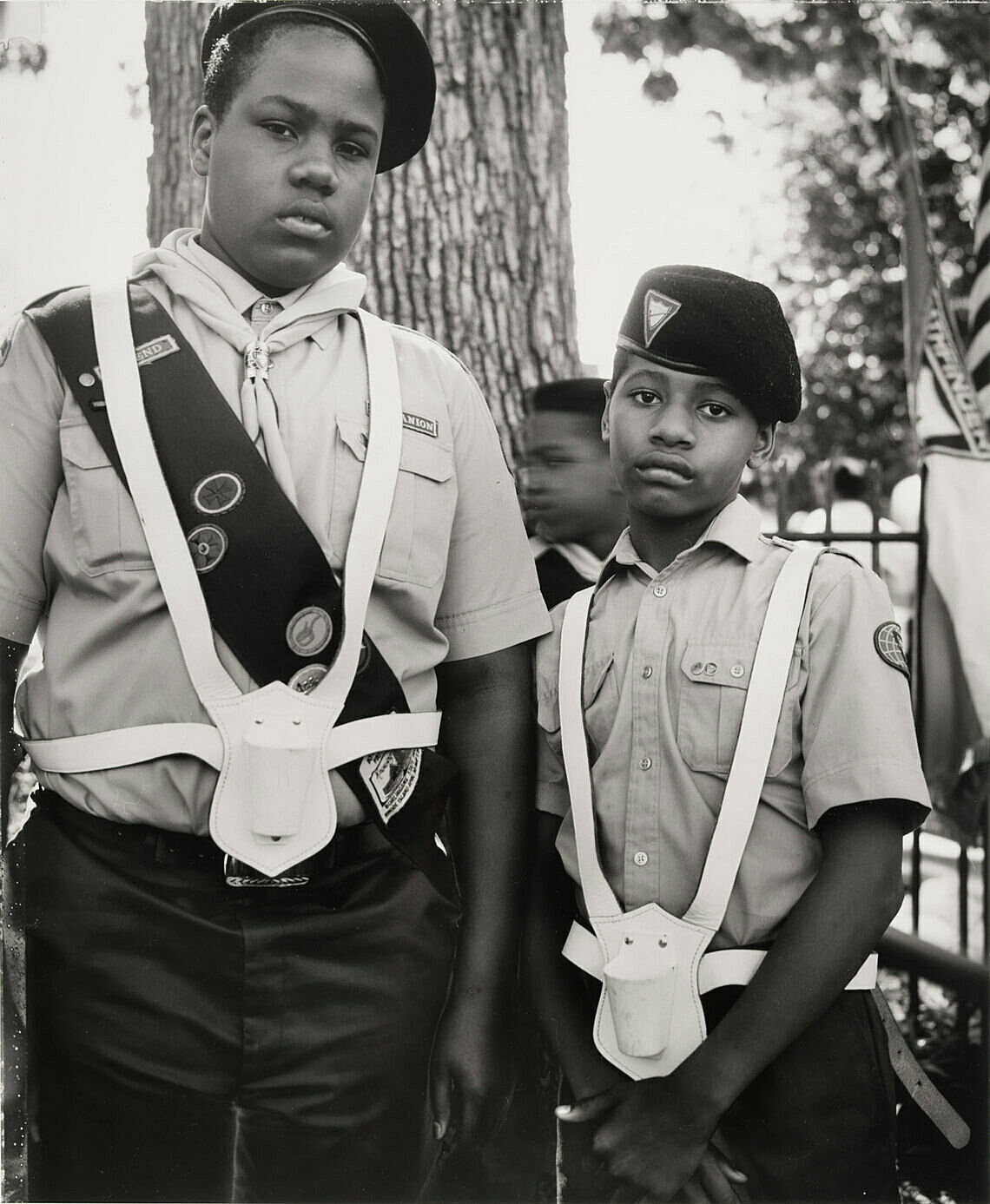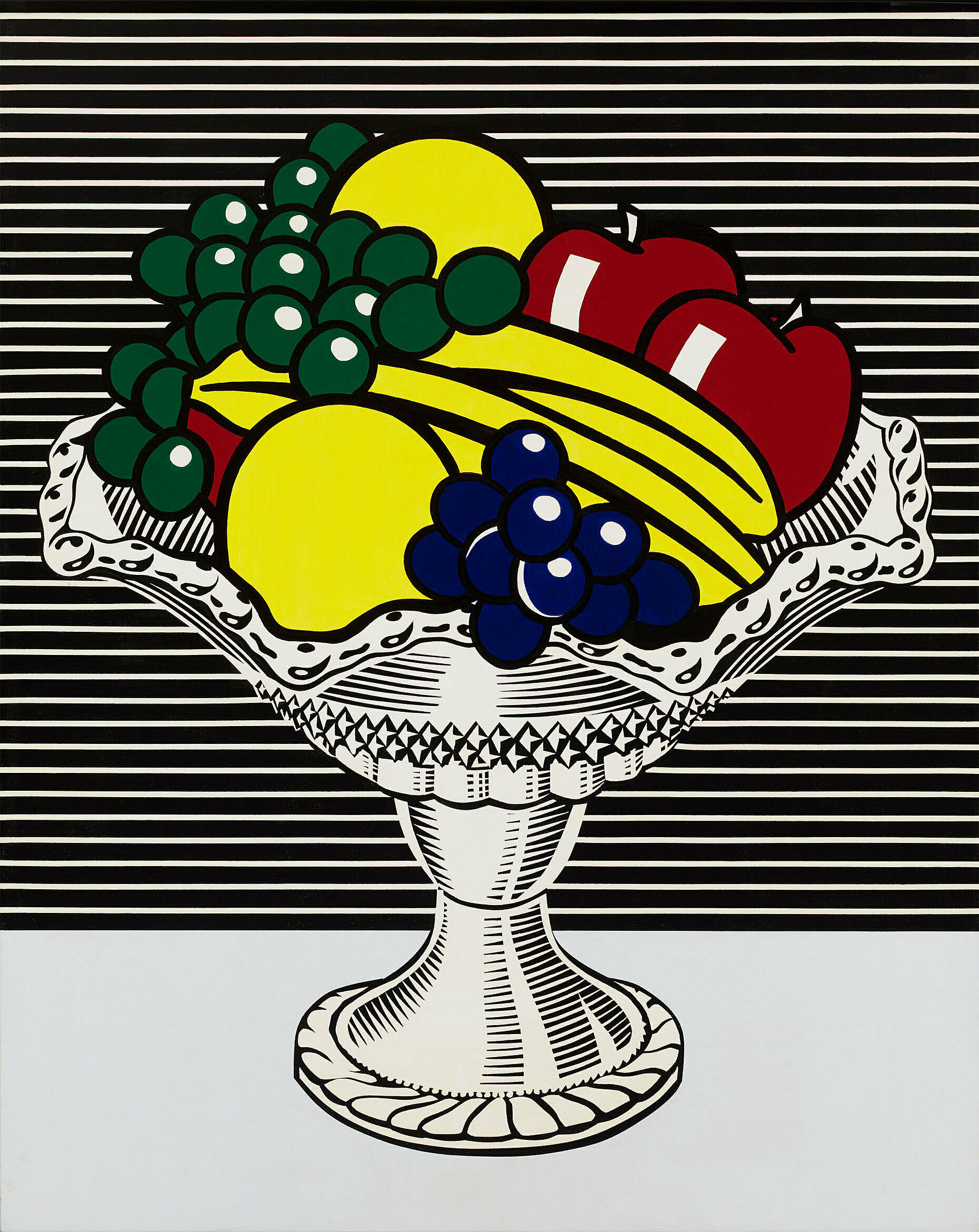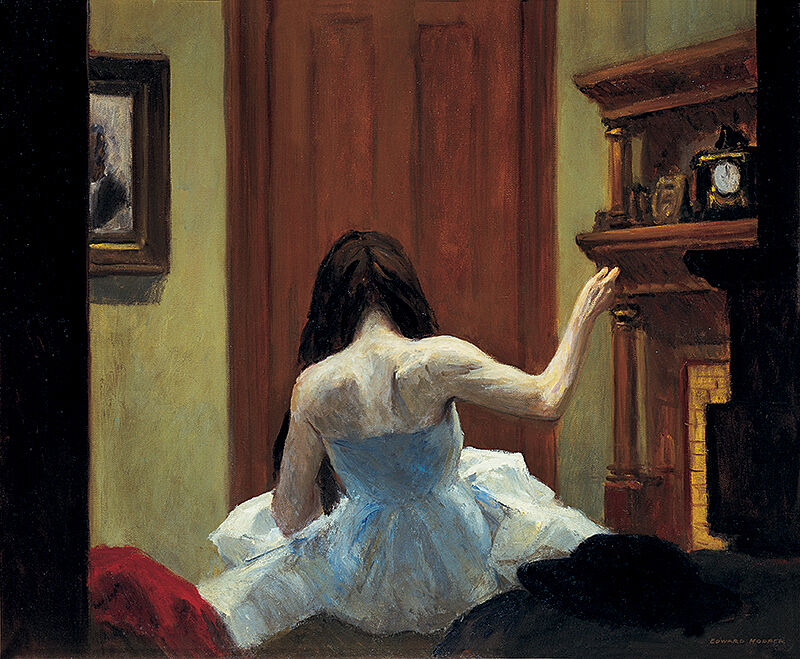Larger than life, fully modeled, and sensuously powerful, Standing Woman belongs to an inventive body of work that French-born sculptor Gaston Lachaise produced on a single subject: the shapely form of an American woman, Isabel Dutaud Nagle. Lachaise described Isabel, who was first his mistress and later his wife, as “the Goddess I am searching to express in all things.” Created in plaster and subsequently cast in bronze, the sculpture possesses a striking physical immediacy: from the figure’s swelling breasts and hips to her small waist and gently tapered fingertips, she seems the epitome of earthy womanhood. Lachaise was fascinated by mass, whether it was made of flesh or metal, yet his Standing Woman is perched on improbably tiny feet, making her bulk seem somehow airy. Isabel appears at once massive and weightless—ample and ethereal—a modern incarnation of prehistoric fertility figures such as the Venus of Willendorf.
Not on view
Date
1912–1927
Classification
Sculpture
Medium
Bronze
Dimensions
Overall: 70 5/8 × 28 1/2 × 19 1/8in. (179.4 × 72.4 × 48.6 cm)
Accession number
36.91
Edition
4/4
Credit line
Whitney Museum of American Art, New York; purchase
Rights and reproductions
© artist or artist's estate

